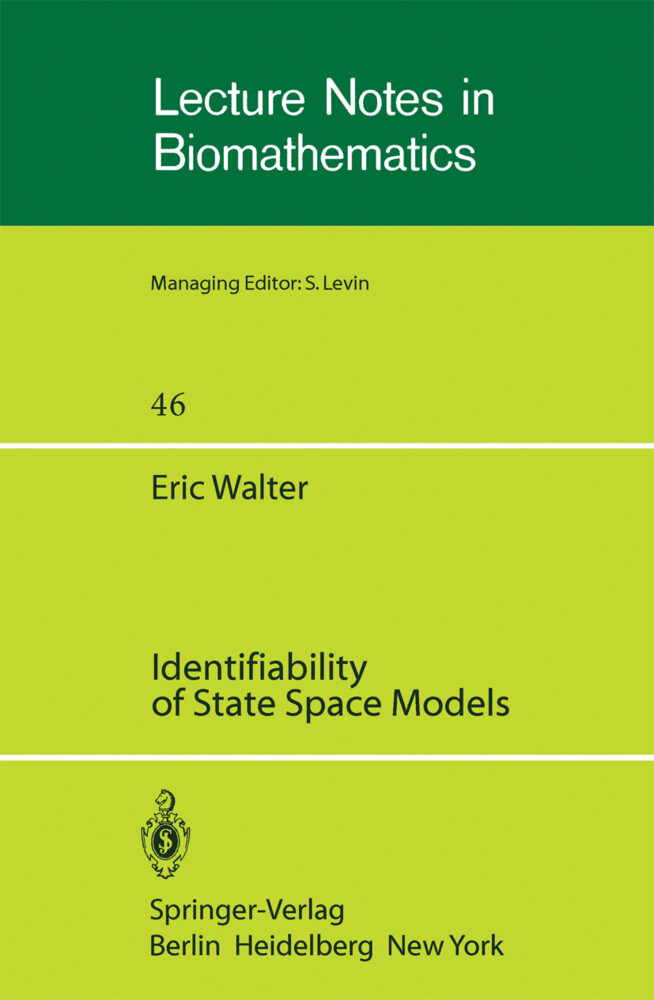It is the objective of Science to formalize the relationships between observed quantities. The motivations of such a modelling procedure are varied, but can rougnly be collected around two pOles. If one is concerned with process control, one wants to find a model which wl11 De aDle to predlct tne process Denavlor, taKlng lnto account tne applled lnputs. The model will then be evaluated on it5 ability to mimic the ob5e~ved input-output behavior under c:onditione; ae; vari"d ae; po
Inhaltsverzeichnis
1. Transformation Systems. - 1. 1 Introduction. - 1. 2 Formalism. - 1. 3 An example: nonlinear chemical kinetics. - 1. 4 Specific problems of transformation system modelling. - 1. 5 Conclusion. - 2. Structural Properties and Main Approaches to Checking Them. - 2. 1 Introduction. - 2. 2 Definitions. - 2. 3 Practical methods for checking structural observability and structural controllability of linear models. - 2. 4 Main approaches to structural identifiability. - 2. 5 Conclusion. - 3. Local Identifiability. - 3. 1 Introduction. - 3. 2 Methods. - 3. 3 Linear models. - 3. 4 Computer aided design of models. - 3. 5 Implementation for linear transformation systems. - 3. 6 Conclusion. - 4. Global Identifiability of Linear Models. - 4. 1 Introduction. - 4. 2 Properties of the transition matrix. - 4. 3 Parametrization of the transition matrix. - 4. 4 Application to checking s. g. identifiability. - 4. 5 Conclusion. - 5. Exhaustive Modelling for Linear Models. - 5. 1 Introduction. - 5. 2 Class of the studied models. - 5. 3 The matrices B and C are known. - 5. 4 The matrices B and C are partially unknown. - 5. 5 Connections with Kalman s canonical form. - 5. 6 Applications of exhaustive modelling. - 5. 7 Conclusion. - 6. Examples. - 6. 1 Introduction. - 6. 2 Chemotherapeutic model. - 6. 3 Hepatobiliary kinetics of B. S. P. . - 6. 4 Metabolism of iodine. - 6. 5 Systemic distribution of Vincamine. - 6. 6 Conclusion. - 7. Global Identifiability of Nonlinear Models. - 7. 1 Introduction. - 7. 2 Series expansion approach. - 7. 3 Linearization approach. - 7. 4 Conclusion. - Conclusion. - References.










